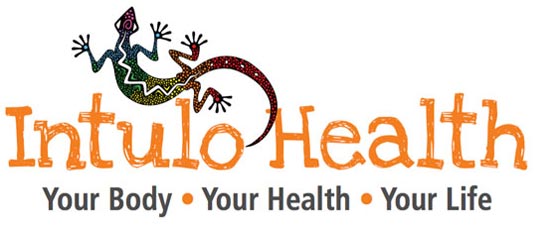What is Peroneal Tendonitis?
Hello, my name is Christina and today, I’m writing as a Guest Blogger for IntuloHealth on a topic that has affected me and my daily routine Peroneal Tendonitis.
Peroneal Tendonitis happens when the peroneal tendons around the foot become inflamed. The peroneals are the muscles that are responsible for moving your toes! This occurs when there is an increased load and overuse of the tendons which attach onto the metatarsal bones which are your toes, causing them to rub on the bone joints (toe joints). This friction causes the tendons to swell and over time the tendons thicken in size to compensate for the increased load.

My own personal discomfort (to say the least) with this affliction is one of chronic pain and discomfort.
The peroneal tendons provide stability to the ankle when it is bearing weight and protects it from sprains. They also help turn the foot out and stabilize the arch when walking. If the peroneal muscles are overworking to provide stability then overuse of these tendons becomes apparent very quickly.
I have been to both doctors and physiotherapists and the first question asked is have I done anything extraordinary or twisted my foot whilst walking. Of course, I did – I'm constantly twisting my ankles - I do it all the time!
As movement of any kind involves repetitive ankle motion, runners and athletes are most prone to it as they are more likely to make their feet roll outwards, causing friction between the tendon and bone. I’m not an athlete in the traditional sense (the only thing I run for is a taxi) but I do like my walking and hiking, which has made this condition all the more frustrating.
Factors that can contribute to peroneal tendonitis include:
- Overuse. This is a very generalist comment as overuse can mean a variety of things. In our opinion at IntuloHealth we believe that overuse of the ankle joint and toe muscles i.e. peroneals, are caused as a direct result of weak gluteal muscles. If the hip muscles are not firing then other muscles will need to kick in to stabilise the joints, namely the knee and ankle joint, and invariably the muscles below the knee tend to start over firing which inevitably starts causing problems;
- A sudden increase in training, particularly weight-bearing activities, such as walking, running and jumping! And no wonder, if you’re not firing through your main muscles i.e. your hip / gluteal muscles then your toes are going to carry all the weight that is being transferred below the knee;
- Improper training techniques; i.e. not firing the right muscles to stabilise the body when training;
- Inadequate or unsupportive footwear; has the arch collapsed? Are the feet over-pronating, which means have the arches collapsed. Do the arches only collapse when you’re standing? (Sure sign that the glutes aren’t firing) and how are you moving?
At IntuloHealth, these are only some of the factors they consider when assessing a client who suffers with this problem. Treatment can vary per client because each individual is unique, and they don’t treat all clients the same.
Some treatment options IntuloHealth would recommend, is to ice the area, as the inflammation is usually brought down with ice. They use Ultrasound Therapy to reduce the pain and swelling and advise on a variety of rehabilitation exercises to strengthen the muscles that aren’t doing their job in the first place to support the joints.
Having received said exercises and ultrasound from my very patient physiotherapist, the pain does subside but it does not disappear, and returns after normal walking. I do Pilates on a regular basis and have lots of support from my instructor. Pilates has helped me a lot, but again, the chronic pain keeps returning after resuming normal walking. My medical practitioners, and the all-knowing Internet tell me that this condition will eventually disappear, but it is a slow and rather tiring process. Like all tendon related injuries, this is the norm, so stay positive, listen to your body and keep up with the exercises!
Amanda’s advice to Christina...
… sounds like you’ve been doing all the right things Christina, and I’m surprised that after some rehabilitation with your physio and consistent Pilates that your muscles have not strengthened. Have you considered coming to IntuloHealth for a full assessment so we can establish what is going on with your biomechanics and advise you accordingly? I appreciate that it sounds like you’ve exhausted your options, but sometimes a fresh pair of eyes is worth it! Give it some thought! You know where to find us!
IntuloHealth
Shelley Manor Medical Centre
Contact Amanda to discuss your options on amanda@intulohealth.com or ring 01202 443892 to book your appointment with Amanda, Rachel or Matt.


